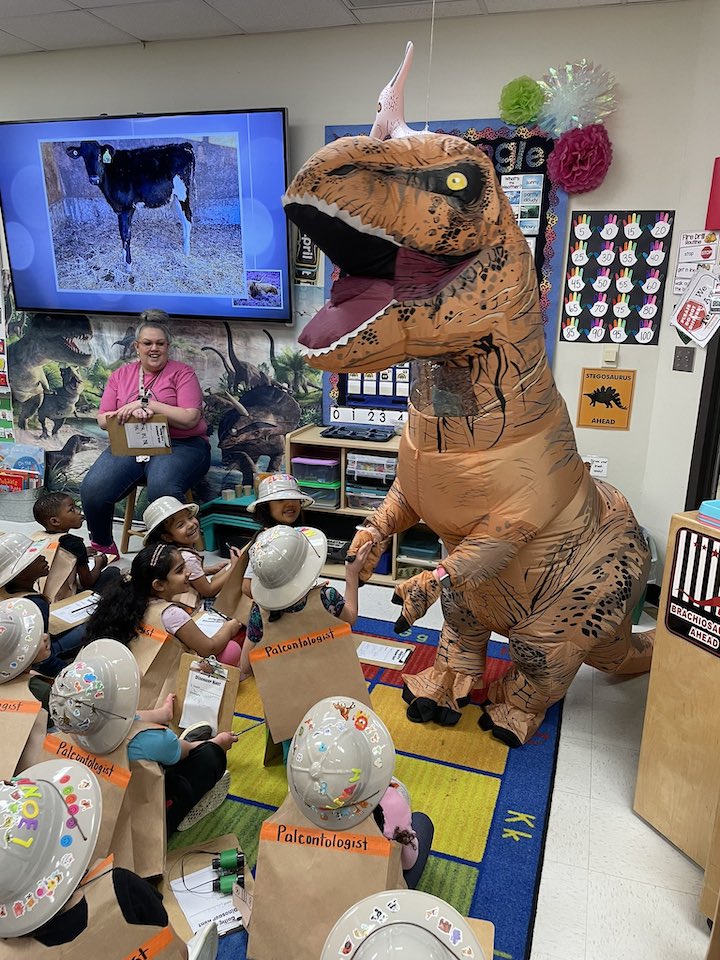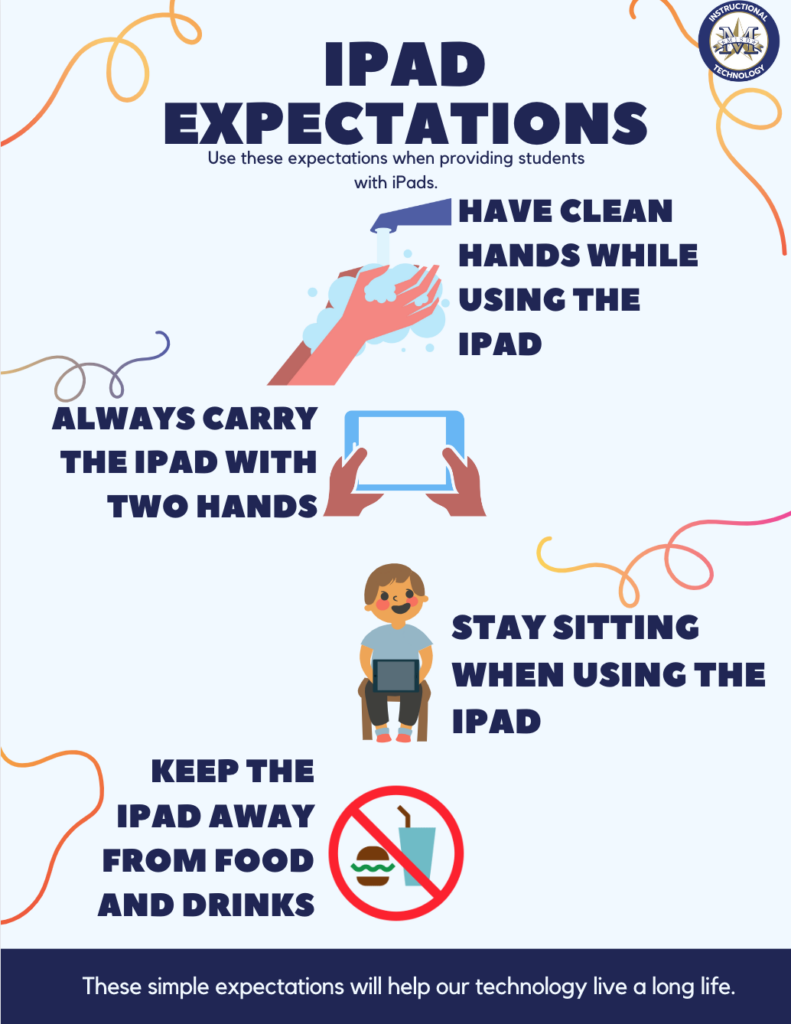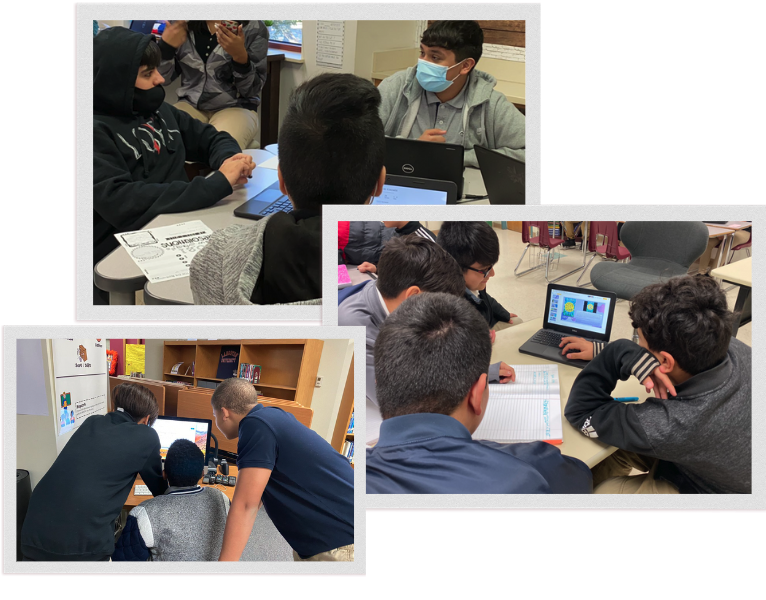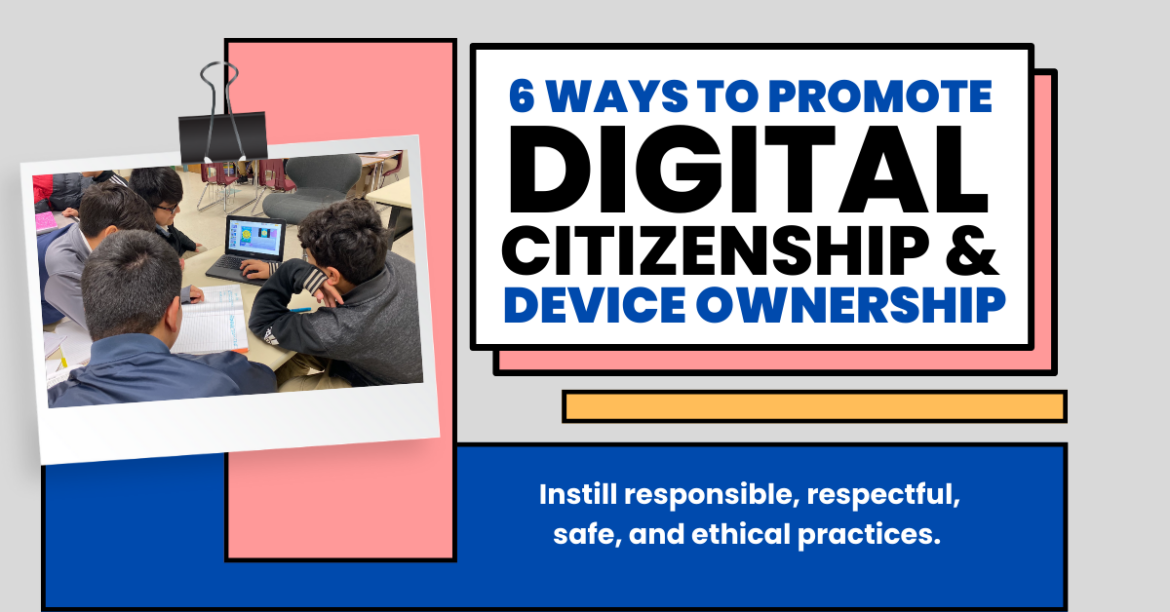Digital citizenship refers to the responsible and ethical use of technology and the internet. It encompasses the knowledge, skills, and attitudes that individuals need to navigate the digital world safely, responsibly, and respectfully. The purpose of promoting digital citizenship is to empower students to become responsible digital citizens who can make informed decisions, engage in positive online behavior, understand how to protect their privacy and security, and contribute positively to the digital community.
Let’s explore six strategies for promoting digital citizenship and device ownership among students in the classroom.
1. Teach responsible device use.
Educating students on the proper use of devices extends beyond technical skills; it encompasses fostering a strong foundation of digital ethics. This involves teaching guidelines for appropriate online behavior, emphasizing the importance of respecting others’ privacy, and addressing the critical issue of cyberbullying. Adopt a proactive approach and introduce these concepts when students are still in their formative years. Doing so will empower them with the knowledge and skills necessary to navigate the digital landscape responsibly and ethically throughout their lives.
One effective method to achieve this is by employing an engagement kit. An engagement kit can consist of age-appropriate resources, interactive activities, and engaging content tailored to the specific needs of young learners. These kits not only make learning about responsible device use fun and interactive but also help create a positive association with digital citizenship from an early age. By instilling these values in our little tech users, we lay a strong foundation for a future generation of responsible digital citizens who will contribute positively to the digital world.


2. Establish clear expectations.

Setting clear rules and expectations for device usage in the classroom is fundamental to fostering responsible digital citizenship. These guidelines not only outline when and how devices should be used but also establish consequences for any misuse. Maintain consistency with your district’s universal device usage guidelines, ensuring that the information you share with your students aligns seamlessly with broader policies.
To further reinforce these expectations, consider incorporating visuals around the classroom or near areas where student devices are stored. Visual cues, such as posters or reminders, can serve as constant reminders of responsible device use, increasing the likelihood that students will hold themselves and their peers accountable for handling devices appropriately.
Resources:
- Classroom Management Tips for Teachers (Google Docs)
- iPad, Chromebook, and Teacher Expectation Visuals (Canva)
- iPad Visual Cues (Canva)
- Classroom Signs (Google Slides)
3. Encourage collaboration and communication.
Fostering a collaborative learning environment enriched by digital tools is not only conducive to academic growth but also a powerful vehicle for promoting responsible digital citizenship. When students work together using these tools, they not only learn subject matter but also valuable life skills.
In this environment, they acquire the ability to communicate effectively, collaborate seamlessly, and respect the ideas and perspectives of others. These skills are not only essential in the classroom but also in the broader digital world where they will increasingly interact as they grow. Encouraging such collaboration also helps students develop a sense of digital responsibility as they engage with their peers online.

4. Provide resources and support.
Offer resources and support to both students and educators to ensure they have the necessary skills and knowledge to navigate the digital world safely. This can include workshops, online courses, or access to digital literacy resources. Bear in mind that digital citizenship content may not be suitable for all age groups. It’s important to customize the information to align with the specific requirements of your audience. Consider hosting device camps for students and their teachers to learn more about their device and how to properly use it.
Resources:
- Digital Citizenship Week Resources (Common Sense Media)
- Maintaining Classroom Devices for Effective Learning (Edutopia)
5. Involve parents and guardians.

Engage parents and guardians in the conversation about digital citizenship and device ownership. Provide them with a wealth of resources and information to help reinforce responsible device use at home. These materials can empower them with the knowledge and tools needed to reinforce responsible digital practices within the home environment. Such resources might include informative pamphlets, educational workshops, or online guides that cover topics ranging from online safety to managing screen time.
Additionally, fostering open lines of communication with parents and guardians is crucial. Encourage them to share their concerns and experiences, allowing for a more collaborative approach to addressing digital citizenship issues. This dialogue not only strengthens the educational effort but also helps create a supportive home environment where responsible device use becomes a shared family value.
6. Celebrate responsible device use.
Additionally, remember that positive reinforcement can be a powerful tool. Recognizing and celebrating instances of responsible device usage can motivate students to maintain these behaviors. Consider implementing a system of rewards or acknowledgments for students who consistently exhibit exemplary digital citizenship, creating a culture where responsible device use is not only expected but also celebrated
Fostering digital citizenship among students is a paramount endeavor in today’s technology-driven world. By instilling responsible and ethical practices in the use of devices and the internet, we equip our students with the tools they need to thrive in the digital realm. These five strategies form a comprehensive approach to promoting digital citizenship and device ownership in the classroom. As educators, it’s our duty to empower our students to become responsible digital citizens who make informed decisions, contribute positively to the online community, protect their privacy and security, and practice respectful online behavior. Together, we can ensure that they navigate the digital world with confidence, competence, and compassion, both in the classroom and beyond.
Candice, the author of this article, is presenting two sessions at the upcoming 2024 TCEA Convention & Exposition in Austin, Texas, February 3-7! Don’t miss the chance to see her in action for Becoming a Culture Unicorn: Mastering Blended Learning and Sipping Success: Set Up Blended Learning Like a Pro Barista. Early bird pricing ends on November 3, so hurry and register!
What is TCEA’s Convention & Exposition?
TCEA is a nonprofit association that gathers thousands of educators from around the world every year at the TCEA Convention & Exposition? Why? To connect, learn, and build skills and knowledge in the areas of good teaching, good leading, and good learning through ed tech! With top-notch speakers, on-trend sessions, an exhibit hall full of first-rate vendors, and lots of networking, TCEA sets educators up to dig into curiosity and discover.

